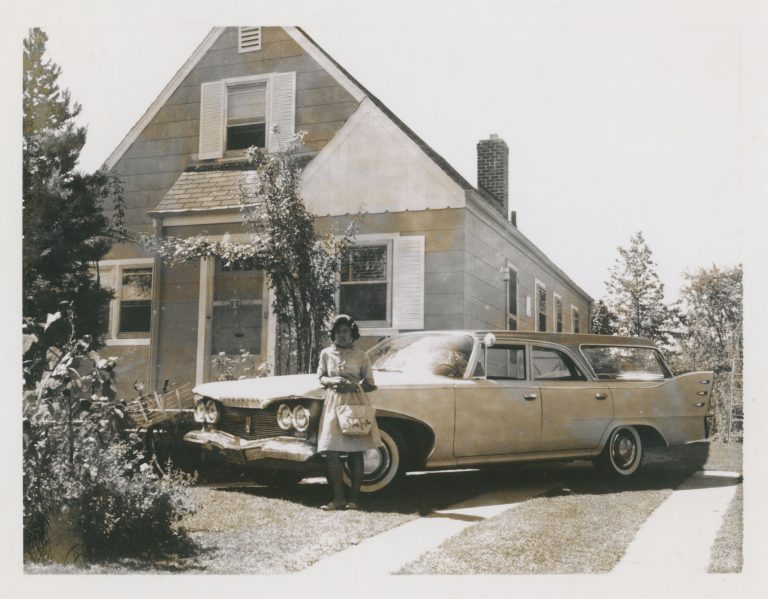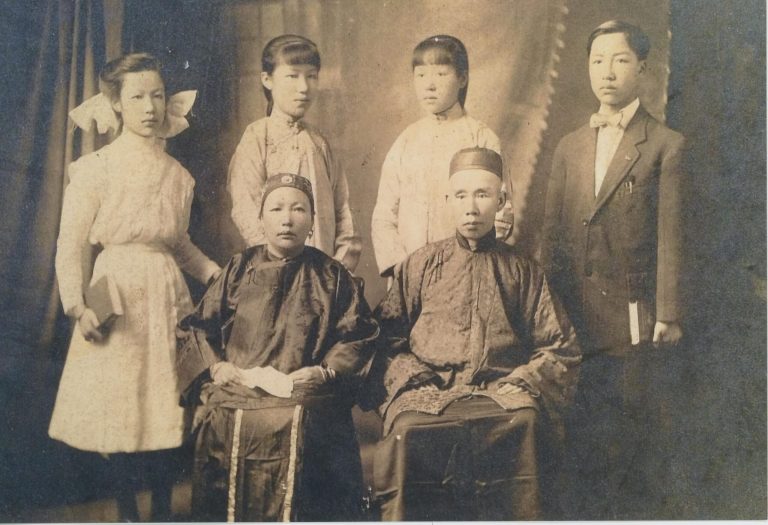Hosting a Scanning Day










In 2013, in the aftermath of Hurricane Katrina, our team set up digitization equipment in the Broad Channel Community Library to scan photos and other records brought to us by local residents. These neighbors who had just experienced traumatic loss came together to share the photos and other family records that had survived the floods. We recognized right away that there was a need for digital preservation of these fragile materials, but what surprised us was the interest from other communities around Queens that also wanted to hold scanning days for their family treasures. What began as an emergency response became a regular program offering from the Queens Memory team. Since 2013, we have hosted dozens of scanning days and learned some tricks for doing them well. We share that information here for anyone interested in hosting a scanning day at their library, historical association, classroom or family reunion. Happy scanning!
We do scanning events all over Queens in New York City.
Our most successful scanning days are organized with community partner organizations. If participants are part of the same civic organization, historical association, religious community or family, these events become fun opportunities to share stories and record history together.
We use the outreach channels of the Queens Public Library (website, social media, flyers, bi-monthly magazine) as well as the listservs and social media channels of our event partners. Creating print flyers or postcards is kind of a hassle, but works well! If you can design an attractive template, it can make producing them a little simpler and also strengthen the branding of your scanning days, if you want to make them into a series.
- Digitization
We’ve uploaded some sample flyers as well as a checklist we use when planning a public scanning day, since it takes many weeks of planning. Some of the steps we follow are specific to the Queens Public Library, such as requesting our shipping department to pick up equipment from our digitization lab and deliver it to the library that will host the event. While these steps will need to be adapted for use in a different setting, we thought it would be helpful to leave them so you can see how we do things! We’ve also included the breakdown of the sequence and team roles at a scanning day event and the guide we follow when using the scanner we take on the road. Note the different instructions for prints, negatives (35mm film strip) and slides! Lastly, we’ve shared the feedback form we use to gather some insight from participants.
Scanning days have created opportunities for individuals across our borough to become archival donors without having to assemble (and part with) an entire collection of family photos. Like many historic records repositories, our vaults are getting full! It’s wonderful to operate within the post-custodial archiving framework, which allows us to add high quality digital assets and detailed metadata to our digital collections without adding more and more physical collections to our processing backlog.
Most importantly, it’s a way for a family to enjoy their first experience of seeing their story become part of their library’s local history collections. Our hope is that this not only enhances our collections, but also gives more residents a feeling of personal investment in the creation and maintenance of the historic record.














The biggest thing we have learned from doing lots of scanning days, is how much preparation and outreach they require. If our planning partners – branch library staff or members of a partner organization – can work in the weeks ahead of the event to personally invite individuals to participate, we have a much better chance of people showing up with materials to scan on the day of the event. It also helps to bring historic maps and photos of the area for people to examine and discuss while they wait for their materials to be digitized. Often, participants will share information about the people, events and locations in the photos that we can use to enhance the catalog record. These event materials can be laminated reproductions of archival photos with dates and locations printed on the back, or it can be an original document such as a bound fire insurance map. Just be mindful of having an appropriate staff member present to help people interact carefully with original artifacts. Reproductions can actually be nicer to use because you can clean up images and enlarge small type to make them more attractive and easy to use. We typically leave reproductions with the event hosts so they can use them again in a program or display them.
We have also learned that these opportunities for one-on-one conversation with a community member who has brought photos for us to scan, are invaluable. We not only get really excellent metadata for each image we are scanning, we also get to inform them about our online platforms where they can see their images once we have cataloged them, share some tips about how they can better keep their digital and physical family photos safe, and invite them to upcoming programs.
Many Queens Public Library and Queens College staff members, interns and volunteers have contributed to scanning days over the years. Some notable contributors are Grace de Sagun who leads the digitization team and works most events, Dacia Metes, the Digital Archives Manager at Queens Public Library, and Aimai Reporter who catalogs most of the digitized materials that come to us through scanning days. A special thanks to Maggie Schreiner and the whole Culture in Transit team who refined our practices and created many of the field-tested workflows and documentation that we use today. Culture in Transit was a two-year project funded by the Knight Foundation, that allowed us to work closely with our colleagues at the Brooklyn Public Library and the Metropolitan New York Library Council. The Culture in Transit toolkit has additional resources such as equipment lists and detailed accounts of lessons learned that are extremely helpful to folks getting started with this work.
©2019 Queens Public Library. All Rights Reserved. All logos and trademarks are property of their respective owners. All image and media rights are owned by Queens Public Library unless otherwise indicated. Please consult respective notices for usage rights and permissions.






